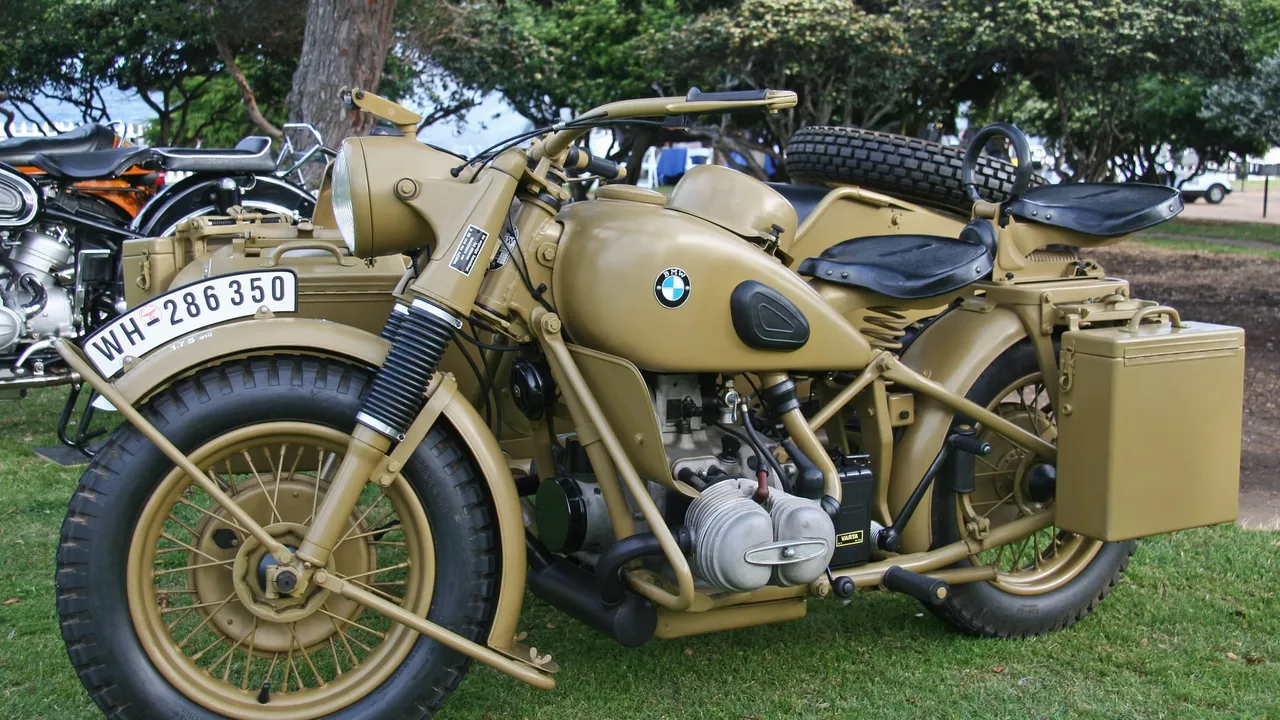World War II Motorcycles – History & Military
When you think of the war, tanks and planes usually steal the spotlight. But there’s another machine that zoomed across battlefields, mess halls and front‑line roads – the motorcycle. These two‑wheeled workhorses moved messages, scouted ahead and helped troops stay mobile. If you love history, you’ll find the story of WWII motorcycles surprisingly gritty and cool.
All the major powers grabbed whatever bike fit their needs. The U.S., Germany, Britain and even the Soviet Union fielded models that could handle mud, snow and rough terrain. They weren’t built for speed races; they were built for reliability, easy repair and the ability to carry a rider plus gear. That practical focus shaped the design of every bike that saw action.
Key American Bikes
The United States leaned heavily on the Harley‑Davidson WLA, often called the "Liberator". It had a rugged 45‑cubic‑inch V‑twin engine, a simple carburetor and a sturdy frame that could take a sidecar loaded with ammo or a radio set. Soldiers loved its low‑maintenance vibe – a quick spark‑plug change and it was good to go.
Indian answered with the 841, a 750‑cc flat‑twin that looked more like a small car than a motorcycle. Its biggest selling point was the built‑in sidecar and the ability to mount a machine gun on the rear. The 841 could haul a two‑person crew and still zip through narrow streets, making it a favorite for courier duties and quick reconnaissance runs.
European Riders’ Machines
Germany fielded the BMW R75, a heavyweight with a 750‑cc opposed‑twin engine and a sidecar that could hold a 7.92 mm machine gun. Its innovative shaft drive meant less chain wear, a big plus for long rides in the Eastern Front’s harsh conditions. Zündapp added the KS 750, another side‑car equipped bike, but with a more compact 750‑cc engine and a better weight distribution for off‑road work.
Across the Channel, the British used the Norton 16H and the Triumph Speed Twin. The Norton, a single‑cylinder 500‑cc bike, was cheap, easy to fix and could run on low‑grade fuel – perfect for the desert and jungle theaters. The Triumph Speed Twin, with its smooth 500‑cc twin‑cylinder, offered a bit more power for longer dispatch runs and even occasional patrols.
These motorcycles weren’t just transport; they were communication hubs. A rider could carry a field telephone, a map, a small radioset and a few rounds of ammunition, all while staying agile enough to dodge enemy fire. Their sidecars turned them into tiny mobile command posts, letting officers brief troops on the move.
Design wise, the bikes shared a few common tricks. Wide rear tires helped them grip muddy tracks, while the sidecars gave extra stability and room for weapons. Most had low‑slung exhausts to keep the profile small and to protect the rider from heat. Simplicity was the name of the game – a handful of nuts and bolts could be swapped out in the field with basic tools.
After 1945, many of these war‑tested models filtered into civilian life. Veterans rode their WLA and Indian bikes home, and manufacturers tweaked the designs for the post‑war market. The rugged reputation earned during the war gave these motorcycles a legendary status that still shows up at vintage bike shows and museum exhibits.
So next time you see a classic bike at a rally or a museum, think about the roads it once conquered – from the beaches of Normandy to the deserts of North Africa. Those motorcycles helped shape the outcome of a global conflict, and their stories are still worth revving up.
During World War II, motorcycles played an essential role and several models were in use. The U.S. mainly used the Harley-Davidson WLA and the Indian 841. Over in Germany, they opted for the BMW R75 and the Zündapp KS 750. The British, on the other hand, used the Norton 16H and the Triumph Speed Twin. These motorcycles were crucial for reconnaissance missions, courier services, and for rapid troop movement.
